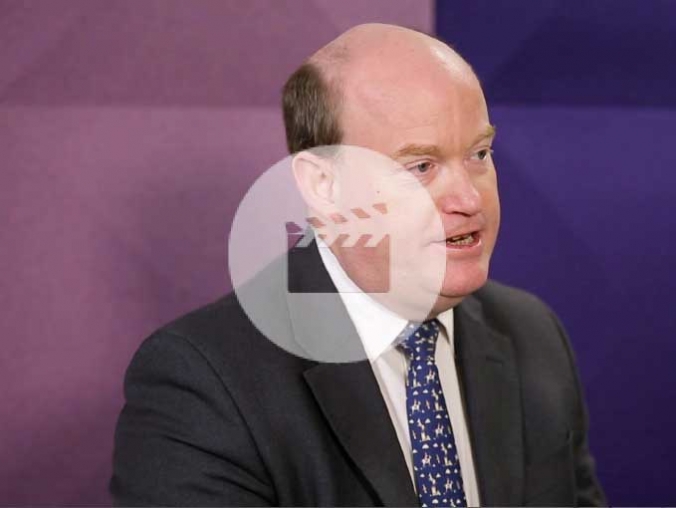

Investing for uncertain times
Knowing how to make the most of stock market growth, while protecting yourself from any changes, can help your investments to perform well
During any period of political or economic upheaval, it is easy to feel like we are going through particularly uncertain times that could have an unwelcome impact on our investments.
Investing in the world’s stock markets can provide growth over the long term, but investors may experience dramatic fluctuations in performance in the shorter term. These ups and downs can prove unnerving and difficult for those who are saving towards fixed goals – be it the deposit for their first home, supporting children through education, or a comfortable level of income in retirement. The last thing investors want is for their gains to be wiped out by a change in the stock market just before they need to access their savings.
So how can investors make the most of the potential growth offered by the stock markets, while also protecting themselves from the inevitable fluctuations?
The investment clock
The first step is to understand how the economy works and its impact on different types of investment. Royal London has developed an ‘investment clock’ to illustrate the cyclical nature of the economy. The clock’s horizontal axis measures inflation, while its vertical axis measures economic growth, and as you move around in a clockwise direction from the bottom left-hand corner, it shows how the economy grows and gradually overheats as inflation rises. Interest rates are raised to control inflation, causing growth to fall again to stagflation in the bottom right-hand corner.
It also shows the different types of asset, positioned at the point in the global economy where their performance is likely to do well. The positioning of each type of investment is based on four decades of historical data.
The clock is a crucial part of asset allocation – deciding how much money should be invested in which types of asset and in which sectors. However, Nersen Pillay, Investment Director at Royal London Asset Management, says movement is not always in a consistent clockwise direction because “real life is complicated”. Inflation can have unexpected short-term fluctuations if, for example, demand for oil and other commodities falls in a major market like China.
To interpret the direction in which the clock might move next, investment managers at Royal London run mathematical models and analyse huge amounts of data. “We use the clock intelligently, applying our experience to our tactical asset allocation,” says Nersen.
Managing your portfolio
Even when you understand how different factors can influence the performance of assets and sectors, it can be very difficult and time consuming to put this information into practice in your own investment portfolio. To help investors manage their money more easily, Royal London has created six different investment strategies: the Global Multi Asset Portfolios. These portfolios are designed to reflect the different attitudes that investors have towards exposing their capital to risk – from conservative to dynamic, or very risk tolerant.
Nersen says that putting your money into a varied mix of cash, bonds, property, commodities and equities in different geographical sectors around the world can make a positive difference to the expected returns, while helping to control the amount of risk involved.
“Someone who is worried about losing capital might initially think a conservative portfolio of bonds and cash is most appropriate for them,” he says. “But with interest rates being so low, they could be exposed to capital losses in their bond holdings if interest rates rise. Also, it can be possible to achieve better returns with less interest rate risk by having a more diversified portfolio.”
Each portfolio aims to contain a particular percentage of growth assets, the size of which is set according to the portfolio’s risk profile. However, asset allocations needs to be flexible: careful and continuous adjustment of the portfolios means they can reflect changes in economic conditions and help shield investors from fluctuations in the market.
“Through our active asset allocation process, using the knowledge we gain from the investment clock and other analysis, we aim to maximise exposure to assets which do best in different parts of the economic cycle and minimise exposure to those which do worst in any period,” Nersen concludes.
More for you

What happens when you invest with us?
Piers Hillier, Chief Investment Officer at Royal London, explains how we invest With Profits members' money to get you the best possible returns
MORE
ProfitShare
We give your savings pot an extra boost by adding a share of our profits to your plan every year
MORE


